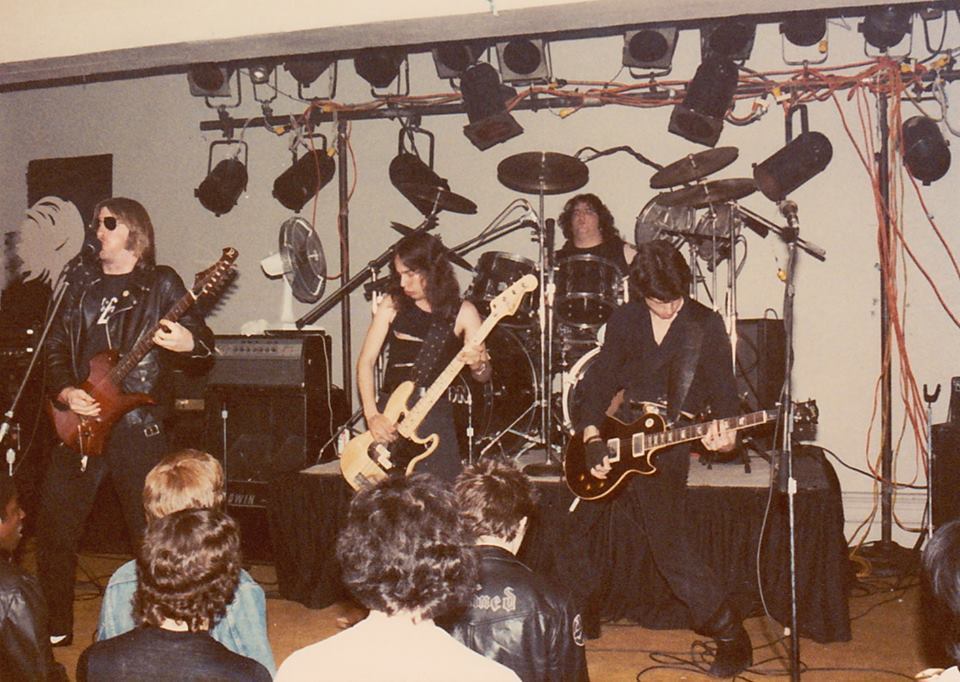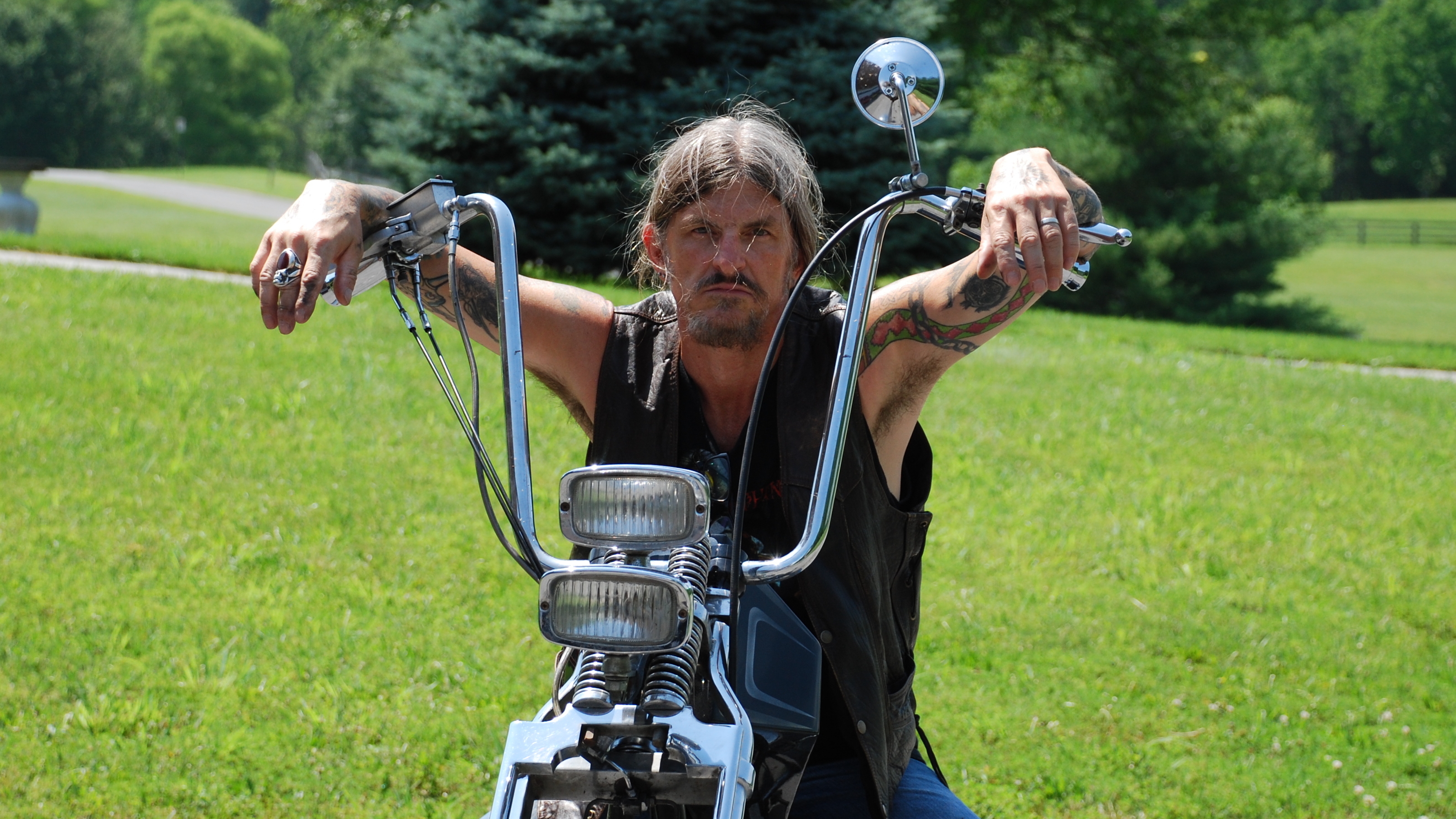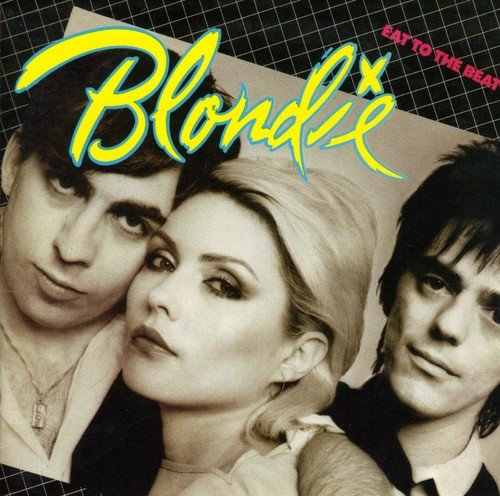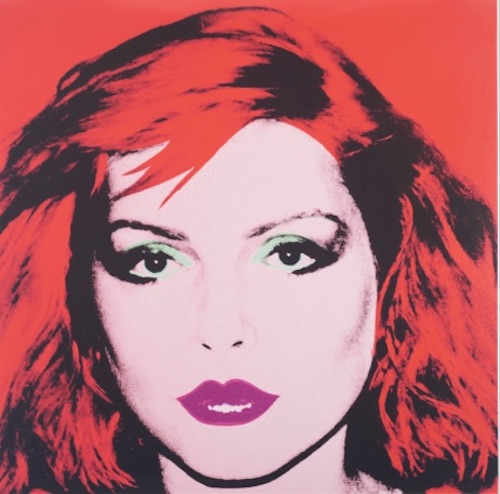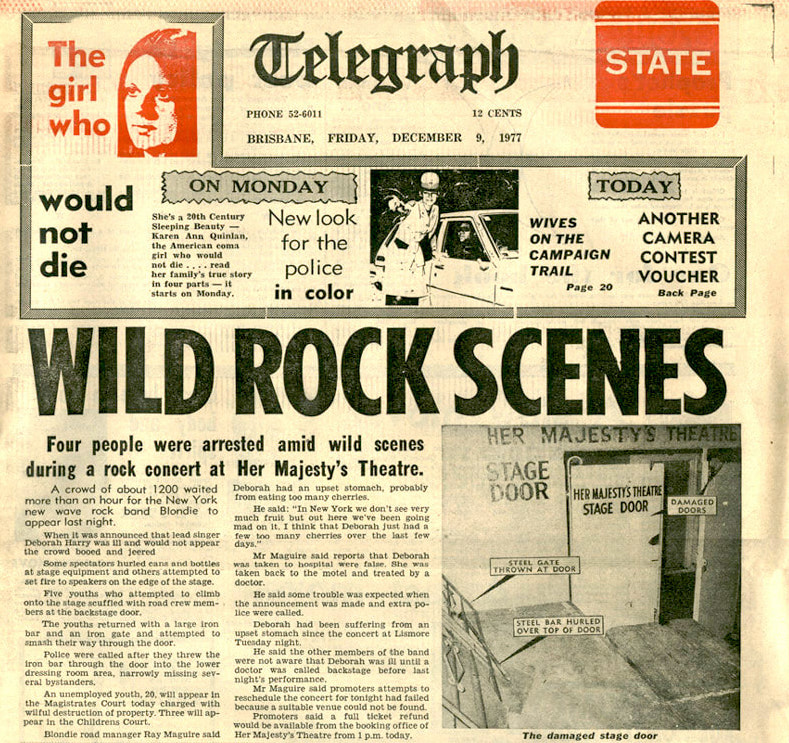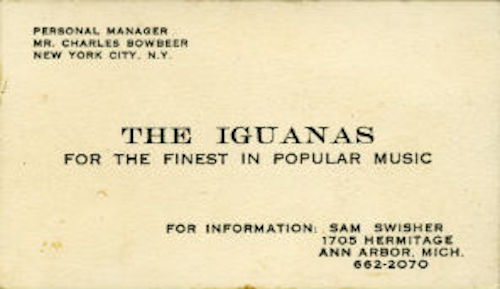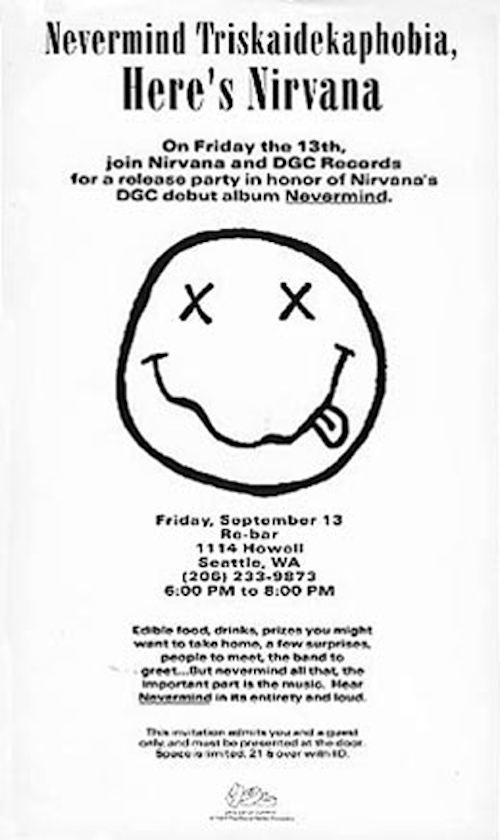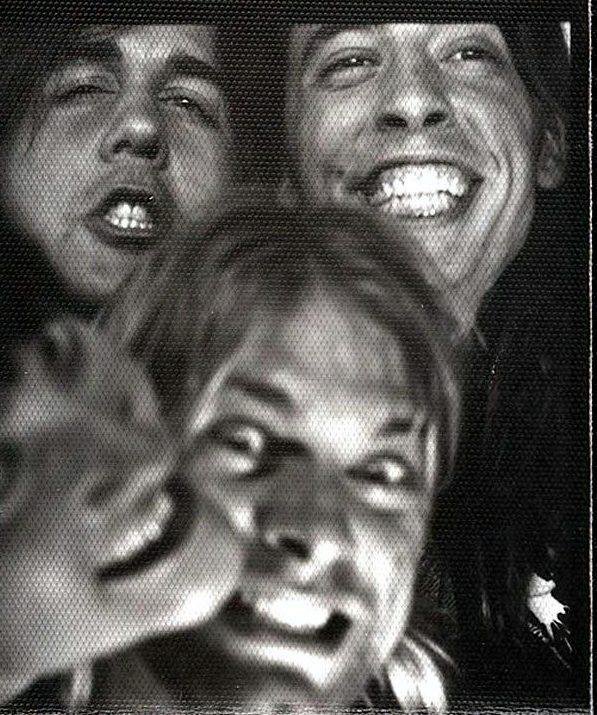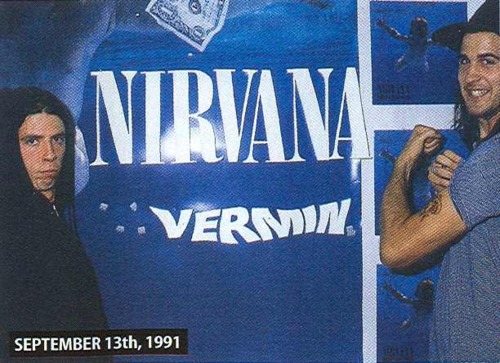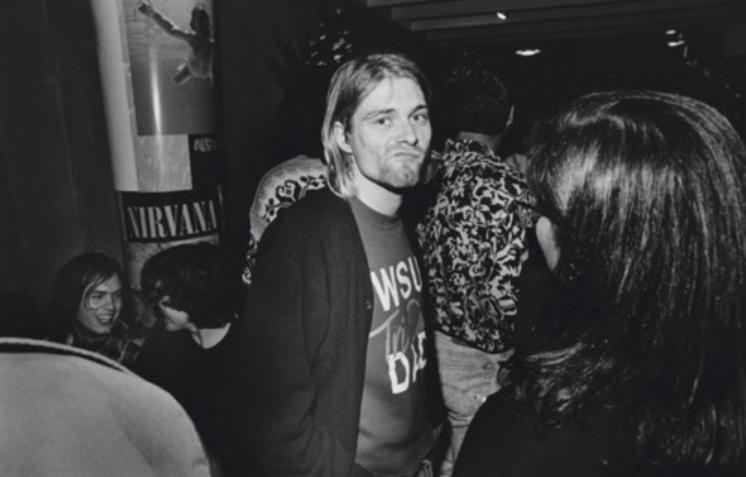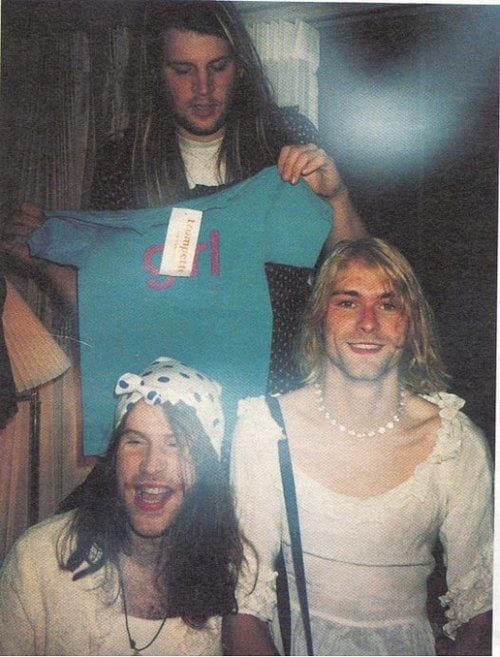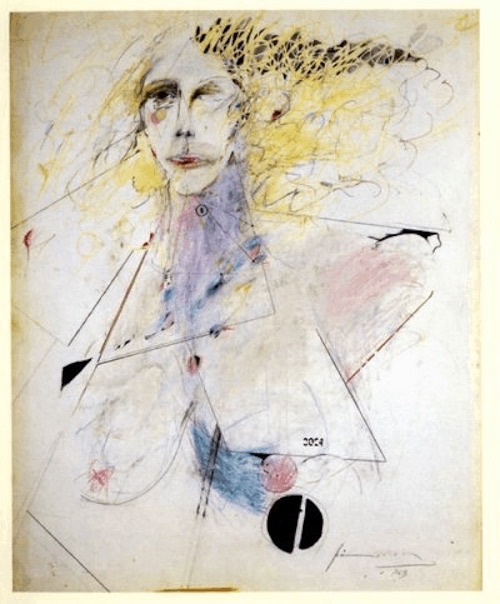
Self-portrait by Patti Smith, 1969.
“The first time I saw art was when my father took us on a trip when I was 12. My father worked in a factory, he had four sickly children, my parents had a lot of money problems, and we didn’t go on excursions often. But there was a Salvador Dali show at the Philadelphia Museum of Art that included the painting “The Persistence of Memory,” and my father found Dali’s draftsmanship just astounding, so he wanted to see the show in person. So he dragged us all to the museum. I had never seen art in person before. And seeing paintings - seeing work by Picasso, John Singer Sargent - I was completely smitten, I totally fell in love with Picasso, and I dreamed of being a painter.”
—Patti Smith on her first exposure to art.
The sublime Patti Smith once described her drawings as the “merging of calligraphy with geometric planes, poetry, and mathematics.” While in her early 20s and living with artist/photographer Robert Mapplethorpe at the Chelsea Hotel, the inseparable lovers would draw together side-by-side for long periods. Mapplethorpe would be a constant stream of encouragement to Smith, empowering her to keep creating despite the noise in her head telling her she wasn’t good enough. She would draw images of Mapplethorpe as well as his gorgeously aggressive X-rated photographs. In 1978, Smith and Mapplethorpe would sign on with New York art dealer Robert Miller who had just opened his art gallery on Fifth Avenue a year earlier. 1978 would mark the first time, at the age of 32, that Smith would show her original works of art alongside Mapplethorpe’s photographs—including a variety of his portraits of Patti. As I will never tire of hearing stories told by Patti Smith, here’s a bit more from the high priestess of punk on the wonderful thing that is “creative impulse”:
“The moment of creative impulse is what an artist gives you. You look at a Pollock, and it can’t give you the tools to do a painting like that yourself, but in doing the work, Pollock shares with you the moment of creative impulse that drove him to do that work. And that continuous exchange—whether it’s with a rock and roll song where you’re communing with Bo Diddley or Little Richard, or it’s with a painting, where you’re communing with Rembrandt or Pollock—is a great thing.”
Her artwork has been exhibited everywhere from New York to Munich, and in 2008 a large retrospective of Smith’s artwork (produced between 1967 and 2007) was shown at the Fondation Cartier pour I’Art Contemporain in Paris. In 2019, Smith’s illustrations were used for the album, The Peyote Dance, a collaboration with Smith and Soundwalk Collective (Stephan Crasneanscki, Simone Merli). So, without further adieu, let’s spend some time perusing a few of Patti’s illustrations produced over the last four decades.
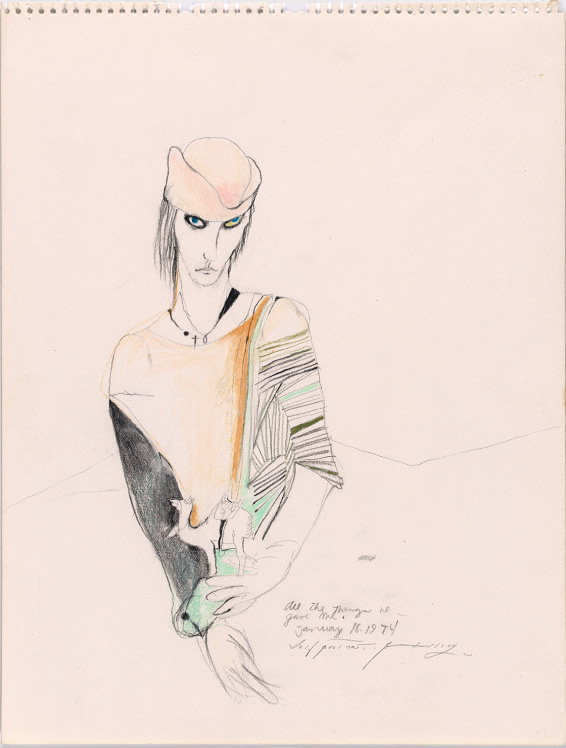
Self-portrait, 1974.
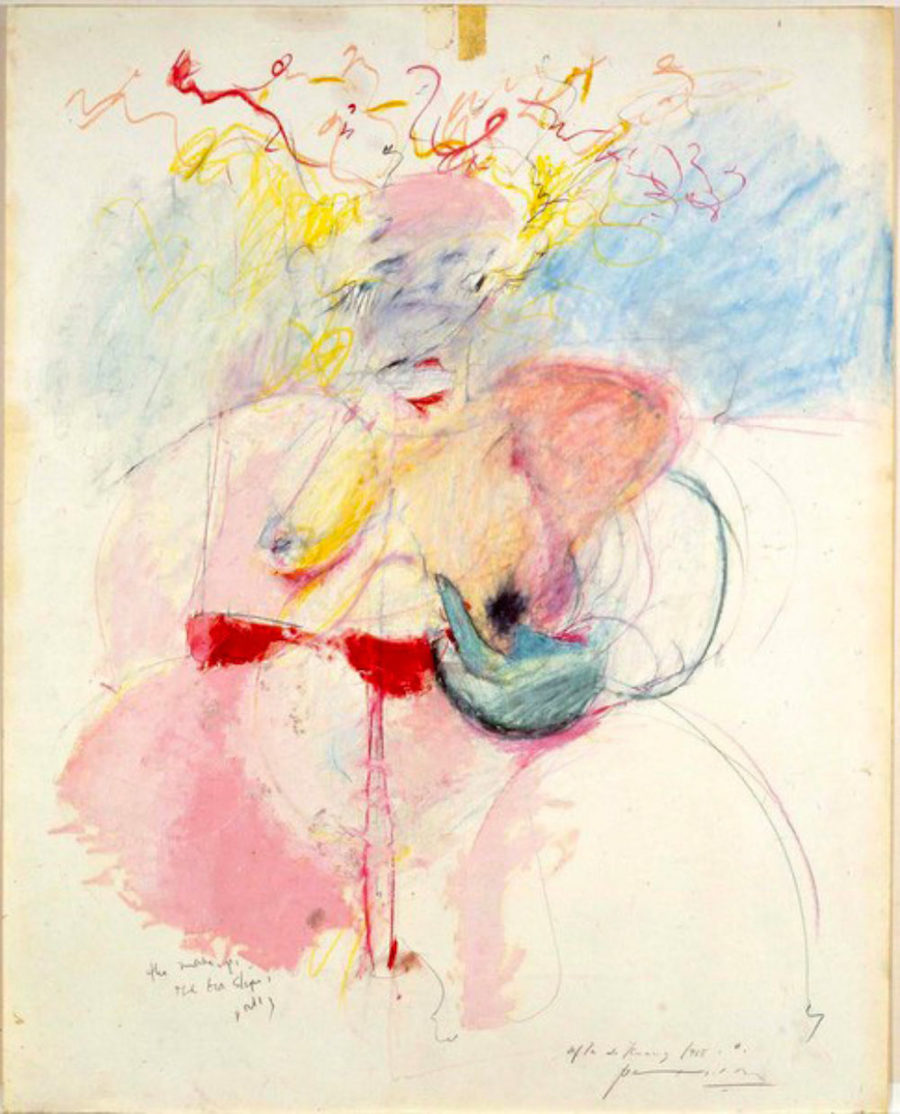
“Ohne Titel,” 1968.

Portrait of Rimbaud, 1973.
More after the jump…








